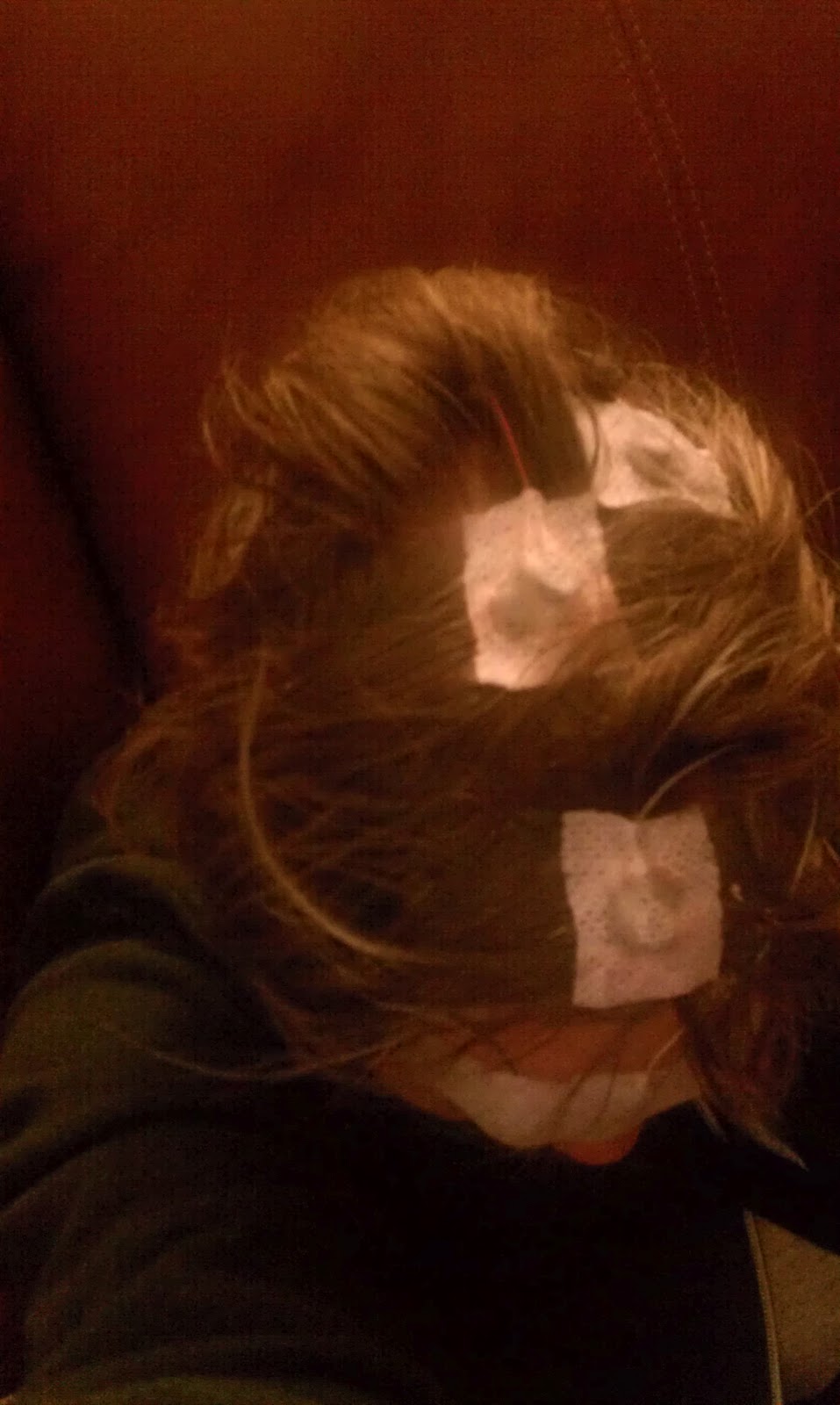

However, the routine EEG has its limitations as its accuracy to detect abnormalities after a FSUS has a sensitivity of 17% and specificity of 95% ( 7). If abnormalities on the routine EEG are found, such as focal spikes and generalized spike waves, the risk of seizure recurrence increases two times. The routine EEG is a neurophysiological test that has proved valuable in making a prognostic determination of the recurrence of seizures. Also, recommended by the American Academy of Neurology and American Epilepsy Society guidelines 2015, is the use of tools such as Magnetic Resonance Imaging (MRI) and routine electroencephalogram (EEG) ( 6). To establish the diagnosis of FSUS and/or epilepsy, the physician must start with a rigorous clinical evaluation with an emphasis on common risk factors for seizure recurrence, such as a family history of seizures, personal history of febrile seizure, head trauma, and brain infections among others. The evaluation of patients with FSUS is also a very important clinical issue for physicians, who must decide if the FSUS was a truly epileptic seizure or not, whether the patient is a high risk for seizure recurrence, and ultimately whether the patient should be diagnosed with epilepsy, been treated with antiepileptic drugs (AED) ( 5) and reduce the consequences of recurrent seizure. Furthermore, the uncertainty about the recurrence of seizures carries a significant social and psychological burden for patients and their families ( 4).
72 hour eeg license#
The FSUS is a powerful event that has profound life-altering effects for patients, such as a driver's license restriction, unemployment, injuries, and accidents. However, only around 30% of the patients who present with a first single unprovoked seizure (FSUS) will have a recurrence of seizures (i.e., epilepsy) in the next 1–2 years ( 3). Unprovoked epileptic seizures affect between 4 to 6% of the population by age 74 ( 1, 2). We also anticipate that an improved method to predicting the recurrence of seizures will reduce the chances of repeated seizures and their consequences.

We anticipate that this will decrease incorrect or uncertain diagnoses with resulting psychological and financial cost to the patient. The overarching goal is to improve diagnostic accuracy with the use of ambulatory EEG in patients with their FSUS. One-year follow-up of each patient will be used to assess recurrence of seizures after a FSUS and the utility of the ambulatory EEG to forecast these recurrences.ĭiscussion: To the best of our knowledge, this will be the first study to prospectively examine the use of ambulatory EEG for a FSUS in adults and its use for prediction of recurrence of seizures.

The three EEG (first routine EEG as gold standard) will be compared and evaluated their diagnostic accuracy (sensitivity, specificity, positive predictive value, negative predictive value, and likelihood ratios) with respect of epileptiform activity and other abnormalities. These patients will be assessed by a neurologist/epileptologist with the first routine EEG (referral EEG) and undergo a second routine EEG and ambulatory EEG. Methods: The DX-Seizure study is a prospective cohort of 113 adult patients (≥18-year-old) presenting with FSUS to the Single Seizure Clinic for evaluation.


 0 kommentar(er)
0 kommentar(er)
